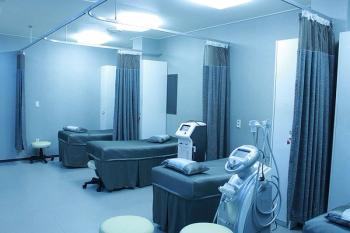
Charles Gerba, PhD: “I really think that in the future, what you really need is a specialist in infection control who understands both the environmental health services and also the professional staff that deals with the patients.”


Charles Gerba, PhD: “I really think that in the future, what you really need is a specialist in infection control who understands both the environmental health services and also the professional staff that deals with the patients.”
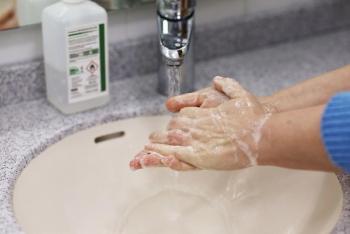
To enact social change such as better hand hygiene, only about 25% of a group needs to adopt the change and move the rest of the group forward.
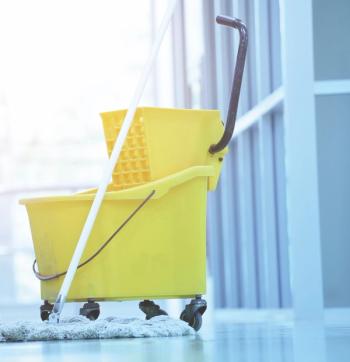
The swiftness and severity of the COVID-19 spread meant some hospitals were scrambling to adjust. Environmental services often led the way.
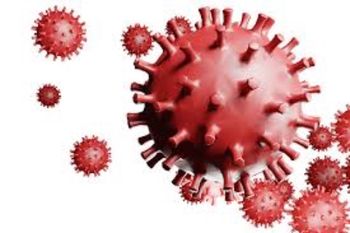
The filtering face piece respirators will be manufactured at General Motor’s facility in Warren, Mich. The company had to revamp its manufacturing process to accommodate making the respirators, creating four separate assemble stations.

An existing US Food and Drug Administration (FDA) approved anticoagulant called Heparin may lower the odds of SARS-CoV-2 infection.

One news item: Hospitals will now be reporting COVID-19 information to the National Guard instead of to the CDC through the TeleTrack system within the Department of Health and Human Services.

New findings show the vaccine candidate mRNA-1273, encoded with a stabilized prefusion SARS-CoV-2 spike protein, induced anti-SARS-CoV-2 immune responses in all of the trial’s participants, without any trial-limiting safety concerns identified.
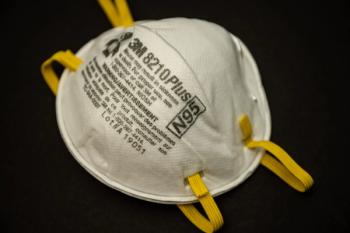
Harry Peled, MD: “I think for administrators and infection control people, the attitude has to be there is enough evidence that the wearing of N95s should be official. The claim that we’re going to wait for perfect evidence is just not tenable. We don’t do that for anything else in medicine.”

Mary Jean Ricci, MSN, RNBC: “There’s also the question of how do we encourage staff to get the vaccination, if there is a vaccination, for COVID-19? Currently, we have employees in facilities caring for patients who do not get the flu vaccine and don’t have a medical reason for not doing it…. I think that that’s a big area where infection control practitioners are going to have to focus their energy to encourage receiving the vaccination when this is over.”
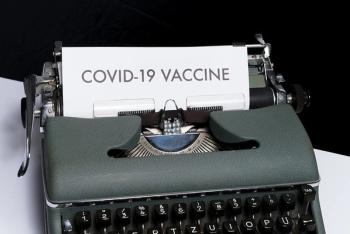
Biopharmaceutical New Technologies (BioNTech) for the investigational vaccines BNT162b1 and BNT162b1. The vaccines are the result of a joint research venture between Pfizer and Biopharmaceutical New Technologies (BioNTech).

Up until now, the workers had to prove convincingly that they became infected on the job. But 16 states are now considering putting the onus on the hospital: Make it prove that the worker didn’t get the disease on the job.
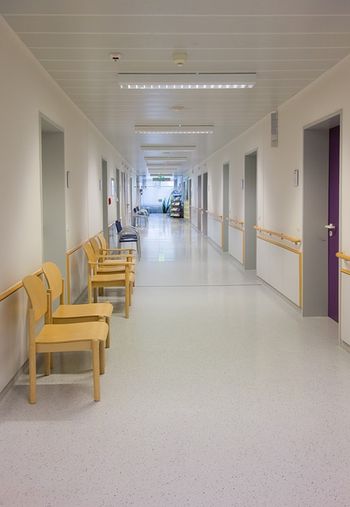
Brent James, MD: “Those practices and those hospitals have no choice. A number of them face going out of business, even with the loans the government's giving today.”
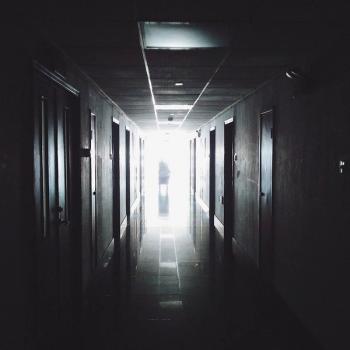
There is a desperate need to infuse SNFs with more resources, not only in terms of personal protective equipment, but also the critical infection prevention resources and staffing.
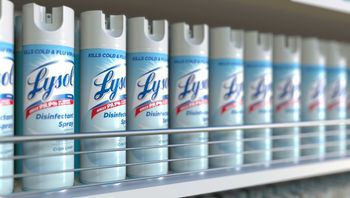
The Environmental Protection Agency (EPA) has approved Lysol Disinfectant Spray to combat SARS-CoV-2, the virus that causes coronavirus disease 2019 (COVID-19).

Sharon Ward-Fore, MS, MT(ASCP), CIC, says that non-healthcare companies need a lot of help following infection prevention and control guidelines. They may call on infection preventionists for that help.
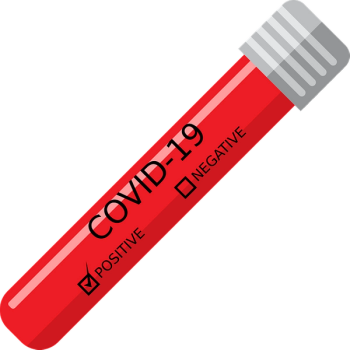
Kevin Kavanagh, MD, the founder of the patient advocaty group Health Watch USAsm, has been sounding the alarm about coronavirus disease 2019 (COVID-19) from the beginning. He tells Infection Control Today® that it might be time for pool or community testing.

Infection preventionists and their skills will be in high demand in coming years in non-healthcare settings.
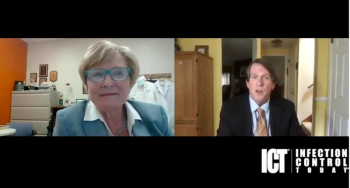
Connie Steed, MSN, RN, CIC, FAPIC: “Our goal at APIC, which is the goal of all IPs, is to have healthcare without infection. That’s an arduous task, but that is our vision and goal. And the infection preventionists’ role will help drive that vision.”
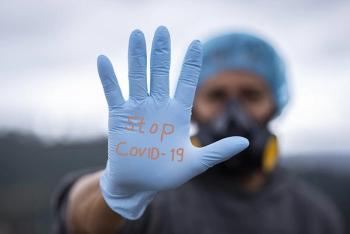
It’s when infection preventionists leave the hospital or go to get a coffee in the cafeteria, that behaviors can become lax. We opt to take breaks from masking, exhausted from it all.

The FDA issues guidance on just how pharmaceutical companies should go about the manufacture of a COVID-19 vaccine.
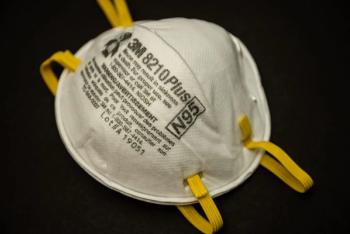
Investigators argue in the Annals of Internal Medicine that all healthcare workers in inpatient settings caring for COVID-19 patients should be equipped with N95s.
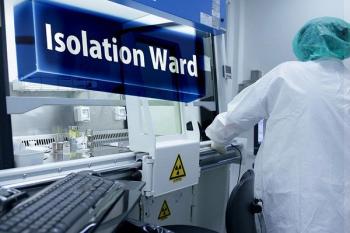
Fibi Attia, MD, the infection prevention coordinator at Penn State Milton S. Hersey Medical Center, says that the main challenge for infection preventionists in the COVID-19 pandemic is not knowing who might be carrying the disease.

Stephanie Taylor, MD: “In general, airflow has been managed by the engineers, by the architects, by the facility managers, and not so much by the clinicians. There is a lot you can do in indoor air management to decrease transmission of infections.”
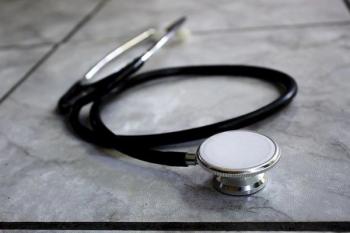
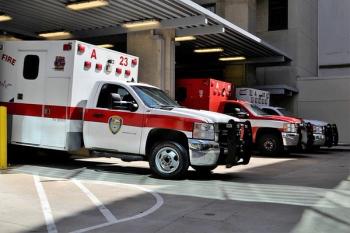
While the rest of the hospital bustles with energy as healthcare workers fight COVID-19, emergency departments have been oddly quiet because of the drop in elective surgeries.